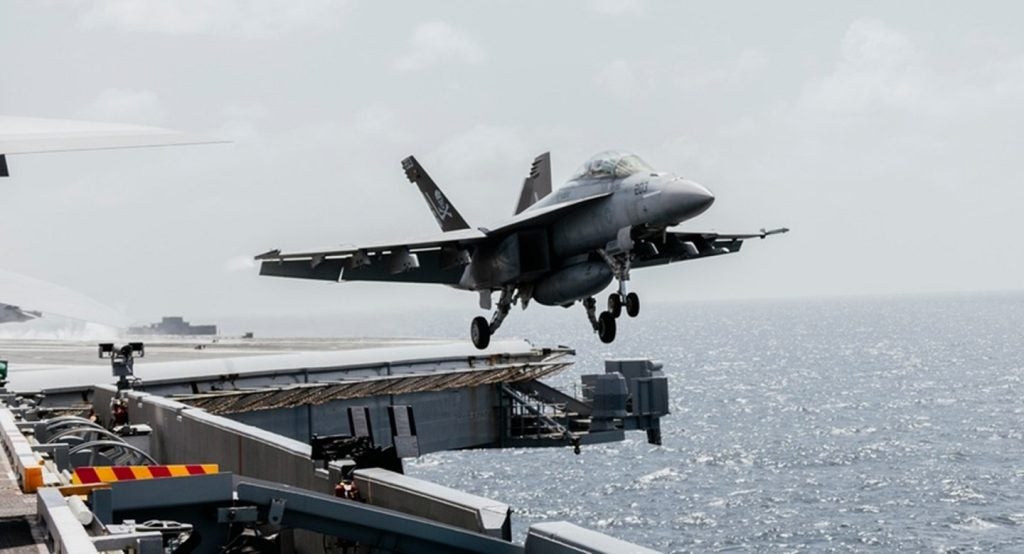
On 8 April 2010 the US and Russia signed a landmark nuclear arms reduction pact in Prague, Czech Republic, marking a historical shift in the relationship between the Cold War enemies.
The new Strategic Arms Reduction Treaty (START) replaces 1991's START, which expired in December 2009, and also terminates the Strategic Offensive Reductions Treaty (SORT) of 2002.
The signing of the new treaty took place before next week's 47-nation nuclear summit in Washington DC, US.
Here, we highlight some of the major developments that come as part of the treaty.
* The total number of warheads possessed by each country will be reduced by a third, meaning in seven years' time the US will have no more than 1,550 warheads in total and Russia 1,675, down from 2,200 and 2,800 respectively.
* By 2017 the US and Russia will have no more than 700 deployed strategic delivery vehicles and 800 deployed or non-deployed strategic launchers. This includes intercontinental ballistic missiles, submarine-launched ballistic missiles and heavy bombers.
How well do you really know your competitors?
Access the most comprehensive Company Profiles on the market, powered by GlobalData. Save hours of research. Gain competitive edge.

Thank you!
Your download email will arrive shortly
Not ready to buy yet? Download a free sample
We are confident about the unique quality of our Company Profiles. However, we want you to make the most beneficial decision for your business, so we offer a free sample that you can download by submitting the below form
By GlobalData* The total number of warheads includes the number of non-nuclear warheads, and reductions are to be achieved in less than half the time set out by the previous treaties.
* Both countries will be allowed to determine the composition and structure of their arsenal, a major breakaway from the original START.
* Non-nuclear delivery vehicles are also included in the grand total for intercontinental ballistic missile (ICBM) and submarine-launched ballistic missile (SLBM) launchers, a move seen as a basis for future talks on strategic stability with regard to conventional weapons.
* A promise has been made not to convert ICBMs and SLBMs to deploy interceptor missiles, or convert current interceptors for nuclear warheads. Future talks will also include a clearer distinction between interceptor missiles from ICBMs and SLBMs and interceptors from ICBM and SLBM launchers.
* Strategic arms must not be deployed outside the country which they belong to, although this commitment does not include other tactical weapons.







